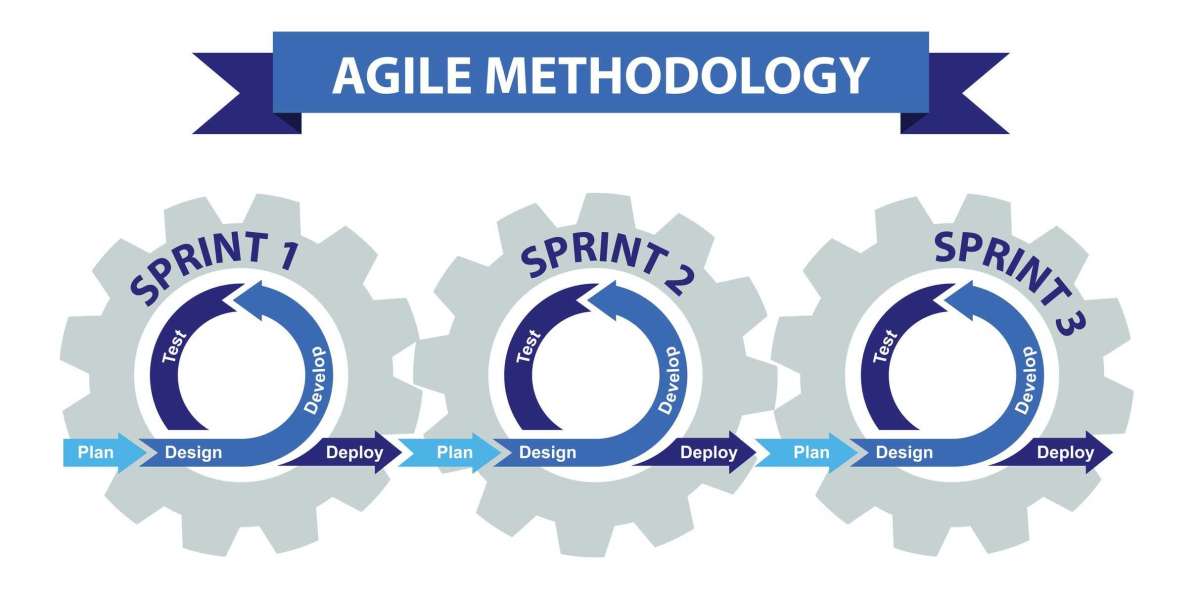In a dynamic business landscape, the ability to adapt quickly and deliver projects efficiently is crucial. Agile methodology has gained immense popularity for its flexibility and iterative approach to development. However, as projects evolve and industries change, it's important to explore alternatives and assess whether Agile is the right career path for aspiring professionals.
Understanding Agile Methodology
Agile is a project management and software development approach that prioritizes collaboration, adaptability, and customer satisfaction. It involves breaking down projects into smaller tasks, called sprints, and continuously iterating on these tasks to produce a final product. Agile fosters teamwork, communication, and rapid response to changes.
Limitations of Agile
While Agile has its merits, it's not a one-size-fits-all solution. Some projects may require more structure, predictability, or documentation than Agile provides. Additionally, Agile can sometimes lead to scope creep or difficulties in tracking long-term progress.
Exploring Alternative Methodologies
Lean Methodology
Lean focuses on delivering value to the customer while minimizing waste. It promotes continuous improvement and efficient resource utilization.
Kanban
Kanban visualizes workflow on a board, making it easier to manage tasks and limit work in progress. It's particularly effective for teams with frequently changing priorities.
Waterfall
Waterfall is a linear approach where each phase must be completed before moving to the next. While less adaptable, it suits projects with well-defined requirements.
DevOps
DevOps emphasizes collaboration between development and IT operations teams, streamlining the entire software lifecycle.
The Pros and Cons of Agile
Agile's strengths lie in its adaptability and customer-centricity. It encourages faster releases and allows teams to respond to market changes. However, it might lack clear documentation and long-term planning.
Is Agile a Good Career Path?
Demand for Agile Professionals
As Agile continues to dominate project management, the demand for skilled Agile professionals remains high. Companies seek Agile coaches, scrum masters, and product owners to navigate complex projects.
Skillset Required
A successful Agile career demands strong communication, leadership, and problem-solving skills. Professionals need to facilitate collaboration and guide teams through iterative development.
Career Progression
Agile professionals can advance to higher roles, such as Agile project managers or enterprise Agile coaches. Continuous learning and adaptation are essential for growth.
Beyond Agile: Future Trends
While Agile will likely remain relevant, emerging trends like remote work integration, AI-driven project management, and hybrid methodologies are shaping the future of work.
Common Challenges Faced by Agile Teams
Incomplete Requirements and Scope Creep
One of the foremost challenges Agile teams confront is incomplete or evolving project requirements. Agile thrives on adaptability, but without a stable base of requirements, projects can suffer from scope creep—uncontrolled expansion of project scope. Teams need to strike a balance between accommodating changes and maintaining a clear project scope.
Lack of Clear Communication
Effective communication is the bedrock of Agile success. Teams must have open channels where they can discuss progress, roadblocks, and concerns. Failure to communicate clearly can lead to misunderstandings, missed deadlines, and diminished collaboration.
Balancing Flexibility and Structure
Agile advocates flexibility, but some teams struggle to find the right balance between flexibility and structure. Too much flexibility can lead to chaos, while excessive structure can stifle creativity. Achieving equilibrium is crucial.
Managing Distributed Teams
In the digital age, many Agile teams span the globe. While this allows access to diverse talent, it also introduces challenges related to time zones, cultural differences, and communication barriers. Overcoming these hurdles demands thoughtful coordination and communication strategies.
Resistance to Change
Transitioning to Agile requires a cultural shift, and resistance to change can emerge from team members accustomed to traditional methods. It's important to address these concerns and provide training to help everyone adapt.
Unrealistic Expectations
Stakeholders may anticipate immediate results due to Agile's iterative nature. However, Agile projects require time for experimentation and learning. Managing expectations and educating stakeholders about the process is essential.
Rapidly Changing Priorities
Agile projects allow for changes in priorities, but excessive shifts can disrupt workflow. Teams need a mechanism to assess and implement changes without causing instability.
Technical Debt Accumulation
Agile's focus on quick iterations can sometimes lead to shortcuts in code quality, resulting in technical debt. Over time, this debt can slow down development and compromise the integrity of the project.
Conclusion
Agile is undeniably valuable for its adaptiveness and customer focus. However, it's not a universal solution. Aspiring professionals should assess their interests and skills before committing to an Agile-focused career. By staying open to alternative methodologies and staying attuned to industry shifts, individuals can chart a successful course in the ever-evolving landscape of project management.
More info: Waterfall vs agile








